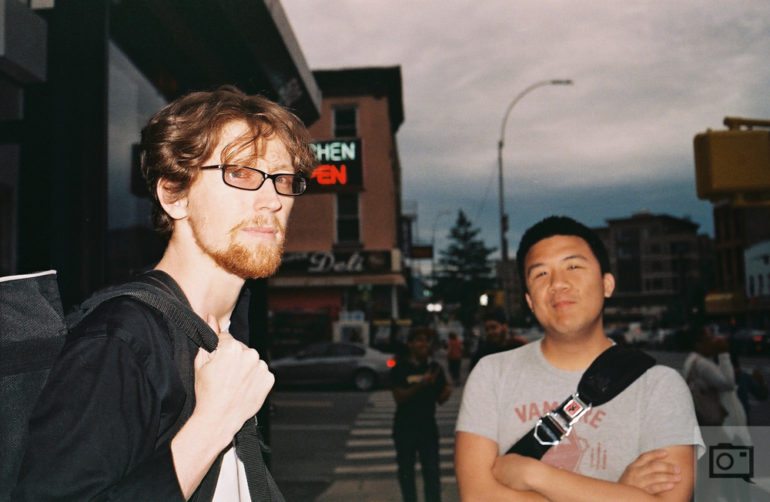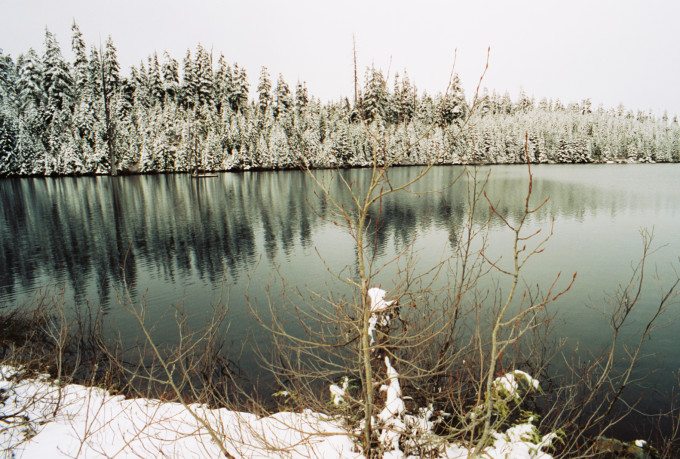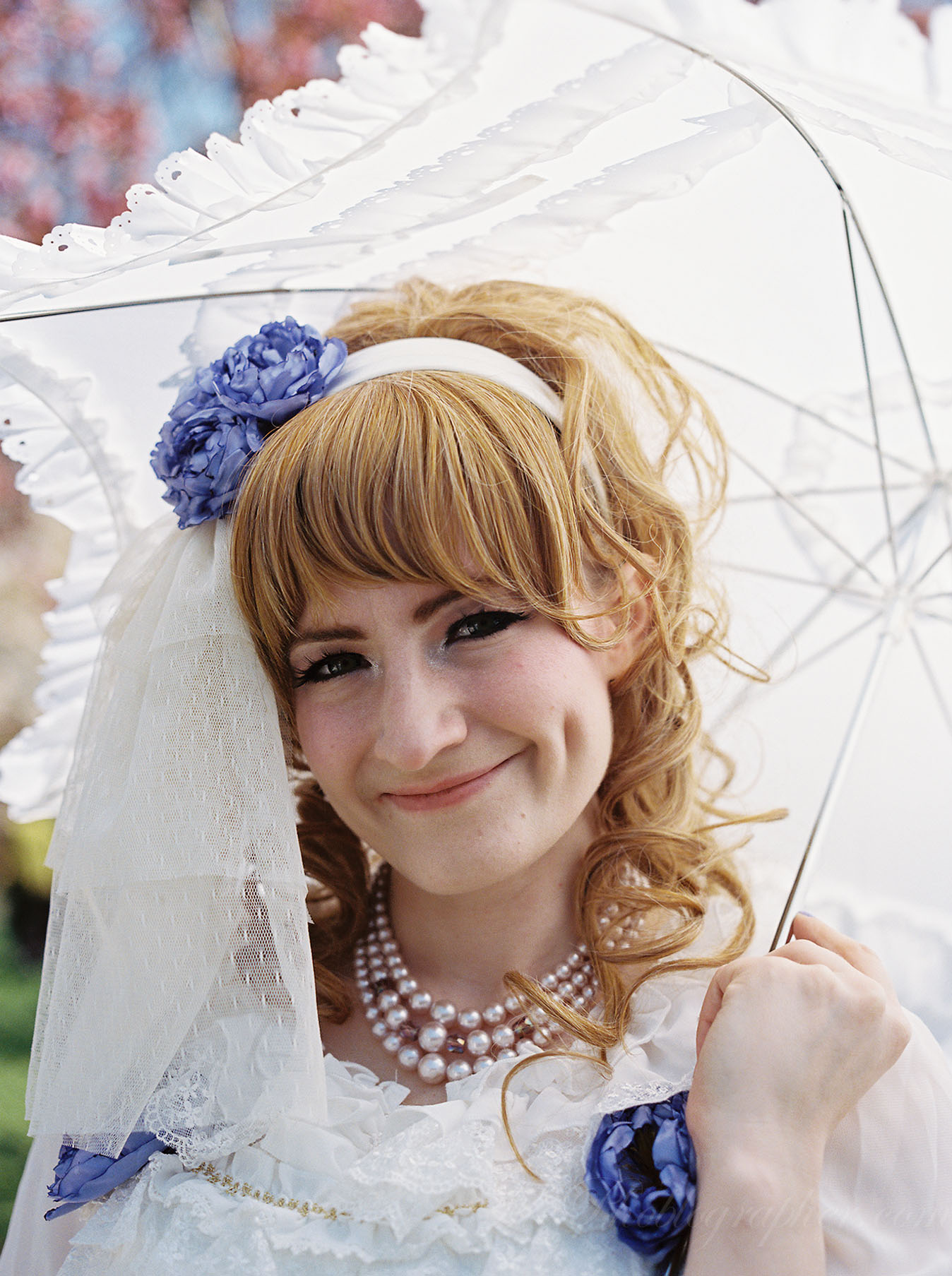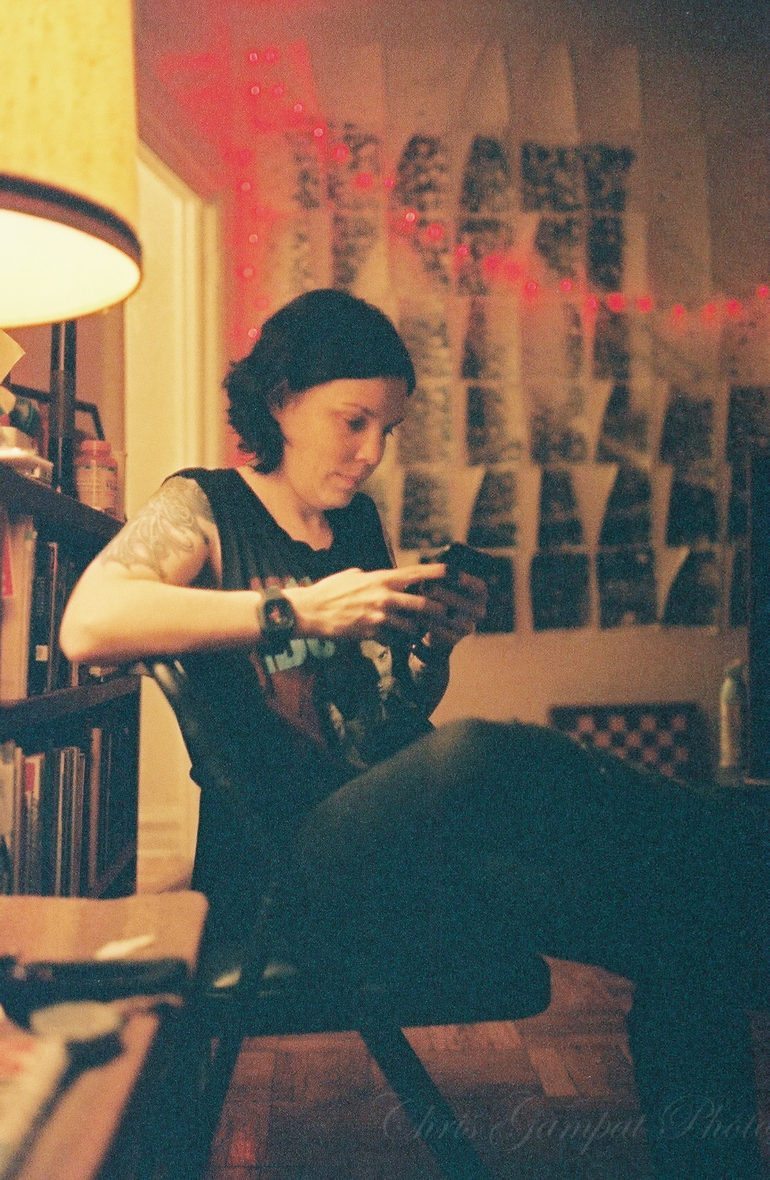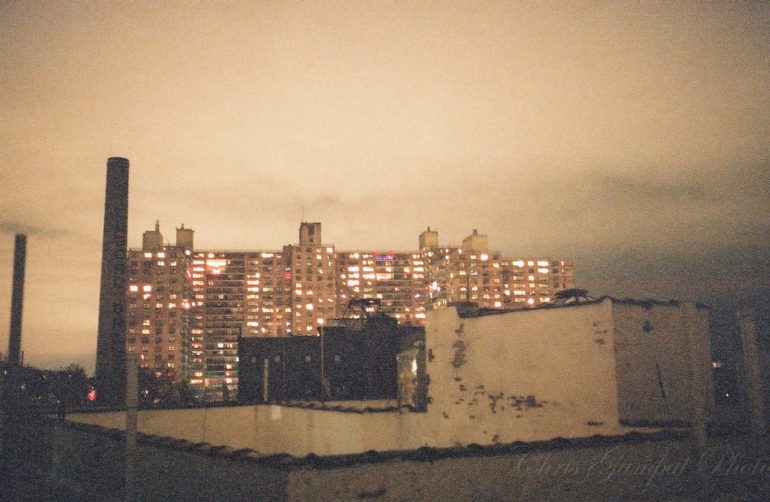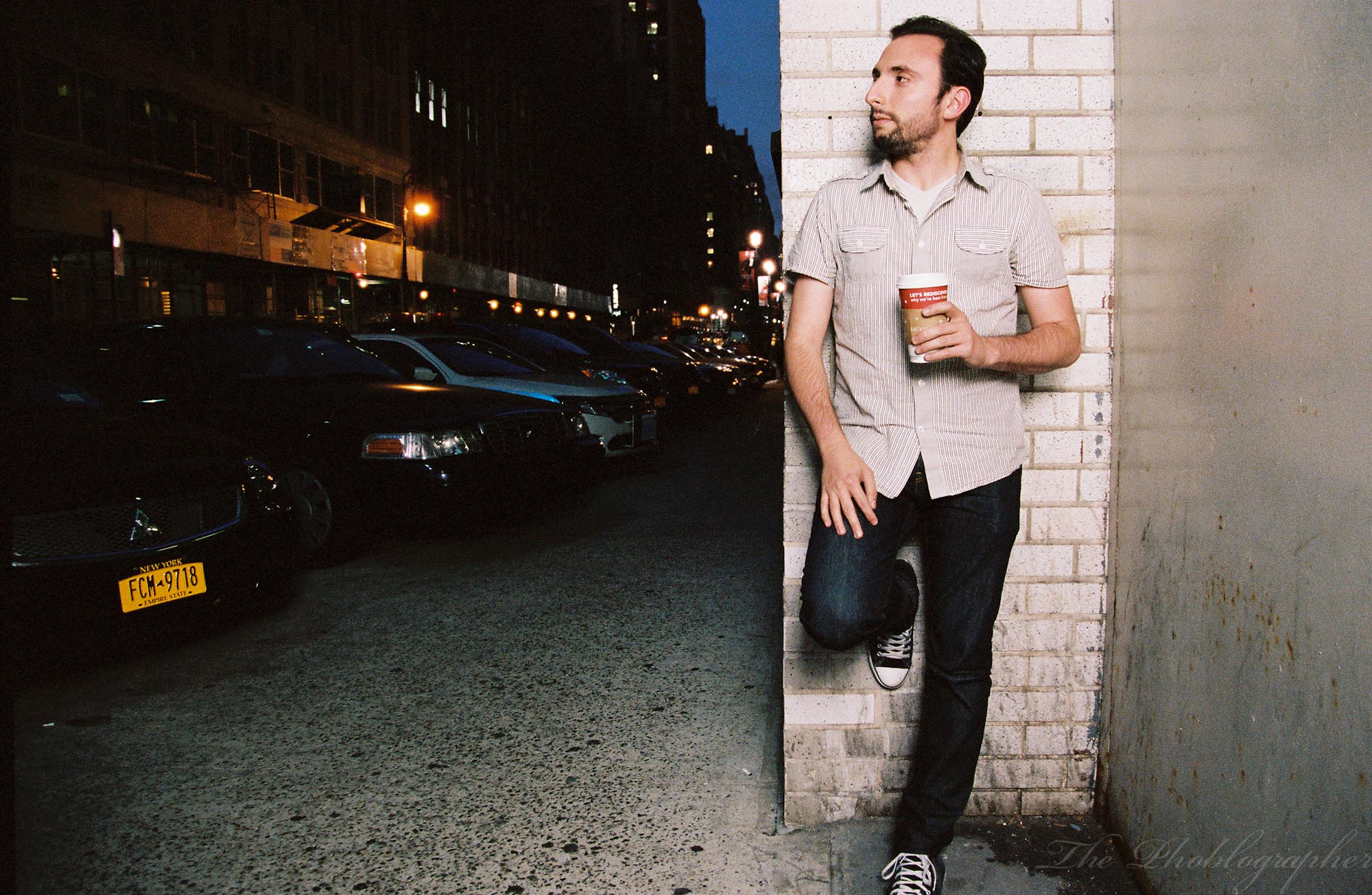Very recently, we were asked about how to use film at night time. The reason: during the day a standard roll of color film will come out looking very nice and true to life. But at night, you don’t get quite the same results. So why gives? If you’re a digital photographer that later picked up film (the same way many of us did) then it’s easy for you to get super confused and possibly not even think about what’s going on here.
But in truth, it has everything to do with the white balance that you’d easily adjust in digital post production.
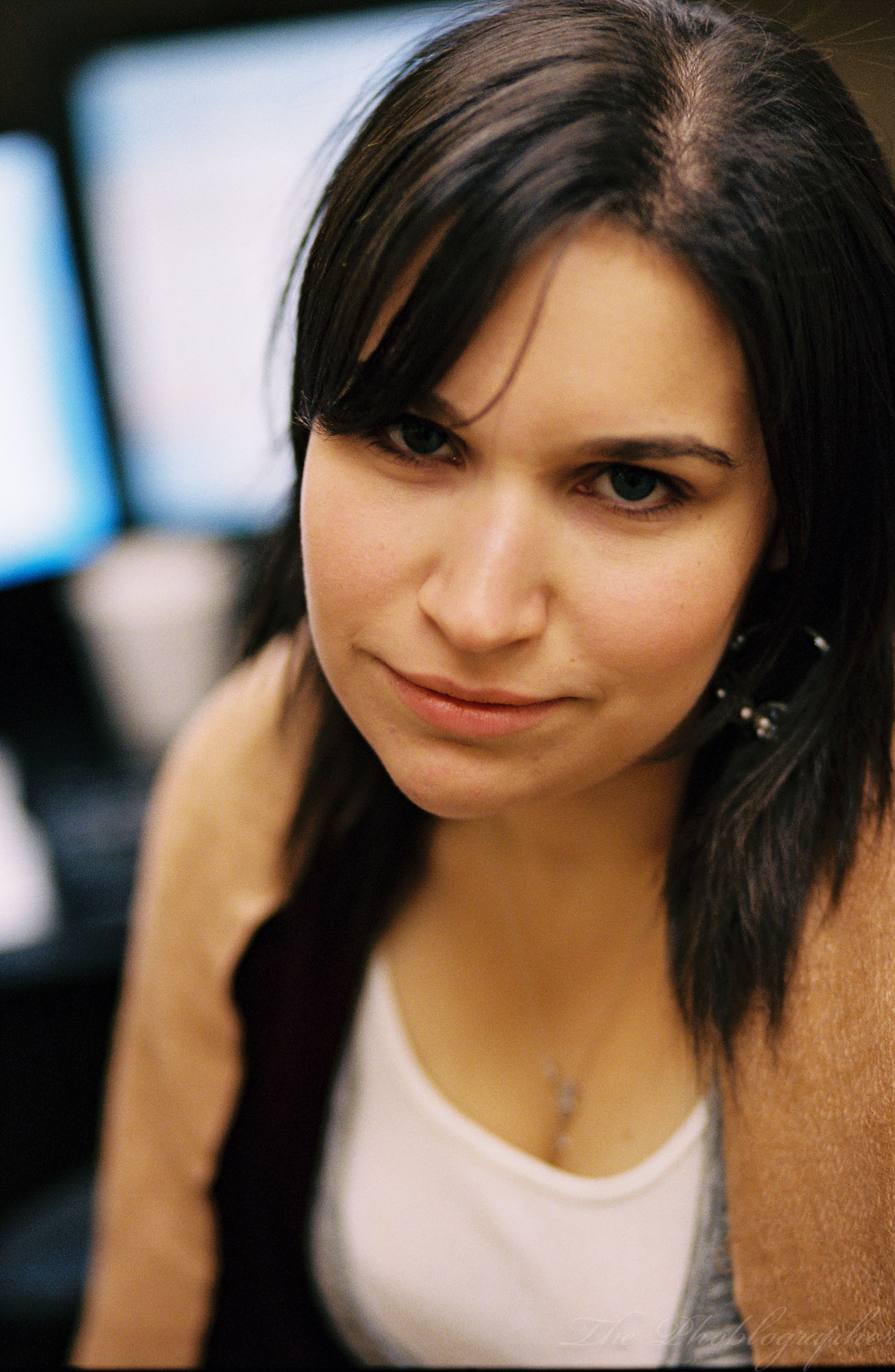
To understand this even more, try setting your digital camera’s white balance to daylight and shoot just like that for a day or more. Go outside shooting during the day, with a flash, without a flash, inside without a flash, inside with a flash, outside at night without a flash, and outside at night with a flash. You’ll see exactly what happens to your photos and just how much they’ll look like and act like film.
To help you out, I’m going to tell you exactly what happens.
Daylight film in:
- Normal daylight with no flash: fine images colored the way they’re intended to be
- Daylight with flash: same thing
- Indoors with no flash: orangish tint depending on the color of the lights and how the light reflects of the interior surfaces
- Indoors with flash: the ambient light will be as in the point above but the flash output will make whatever it bathes in light completely normal.
- Outdoors at night with no flash: Orange
- Outdoors at night with a flash: Everything will be orangish but whatever is touched by the flash will be normalized, per se
Here are some extra examples:
